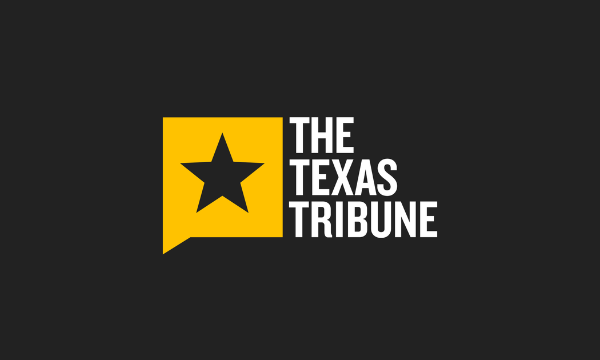
The dollar index (DXY00) today is up by +0.31%. The dollar today recovered from early losses and is moderately higher as it consolidates above Thursday’s 6-month low. Short covering emerged in the dollar today after US March payrolls rose more than expected, a hawkish factor for Fed policy.
The dollar today initially moved lower after China announced 34% retaliatory tariffs on US imports, bolstering concerns that a trade war will derail the economy and force the Fed to cut interest rates. Also, today’s fall in the 10-year T-note yield to a 6-month low of 3.8567% weakened the dollar’s interest rate differentials. In addition, the dollar may face a confidence crisis if President Trump’s tariffs prompt foreign investors to dump US assets.
US March nonfarm payrolls rose +228,000, stronger than expectations of +140,000. However, the March unemployment rate unexpectedly rose +0.1 to 4.2%, showing a weaker labor market than expectations of no change at 4.1%.
US March average hourly earnings rose +3.8% y/y, weaker than expectations of +4.0% y/y and the slowest pace of increase in 8 months.
The markets are looking ahead to comments later this morning from Fed Chair Powell, who is scheduled to speak to the Society for Advancing Business Editing and Writing Conference on the economic outlook.
The markets are discounting the chances at 37% for a -25 bp rate cut after the May 6-7 FOMC meeting.
EUR/USD (^EURUSD) today is down by -0.57%. The euro today is moderately lower as it consolidates below Thursday’s 6-month high. The euro came under pressure today after German Feb factory orders rose less than expected, a dovish factor for ECB policy. Losses in the euro accelerated today after the dollar strengthened when US March payrolls rose more than expected. The euro was also undercut by concern US trade policies could spark a recession in the Eurozone.
German Feb factory orders were unchanged m/m, weaker than expectations of +3.4% m/m.
Swaps are discounting the chances at 84% for a -25 bp rate cut by the ECB at the April 17 policy meeting.
USD/JPY (^USDJPY) today is down by -0.45%. The yen climbed to a fresh 6-month high against the dollar today as concern about a global trade war hammered equity markets worldwide and sparked safe-haven yen buying after China announced 34% retaliatory tariffs against US imports. The yen also garnered support after today’s economic news that Japanese household spending fell less than expected. In addition, lower T-note yields are bullish for the yen after the 10-year T-note yield dropped to a 6-month low today. Gains in the yen are limited after comments from BOJ Governor Ueda suggested the BOJ may keep monetary policy steady due to US tariffs.
Japan Feb household spending fell -0.5% y/y, stronger than expectations of -0.8% y/y.
BOJ Governor Ueda said US tariffs have added uncertainty to the economic outlook and will weigh on growth, suggesting the BOJ will keep monetary policy steady in the near term.
June gold (GCM25) today is down -57.20 (-1.83%), and May silver (SIK25) is down -1.870 (-5.85%). Precious metals today are sharply lower for the second day, with gold falling to a 1-week low and silver dropping to a 3-month low. Precious metals are sliding today after China’s action to impose 34% tariffs on US goods deepened stock losses worldwide and prompted investors to liquidate their profitable long gold and silver positions to raise cash to offset losses in other markets. Also, falling inflation expectations are bearish for gold as they curb demand for gold as an inflation hedge after the US 10-year breakeven inflation rate fell to a 6-month low today. Silver prices also sank as China’s retaliatory tariffs on US goods threatened to start a trade war that derails the global economy and demand for industrial metals.
Today’s plunge in global government bond yields is bullish for precious metals. Also, trade war concerns continue to fuel safe-haven demand for precious metals after China retaliated against US tariffs with tariffs on US goods. In addition, geopolitical risks in the Middle East are boosting safe-haven demand for precious metals as Israel continues airstrikes across Gaza, ending a two-month ceasefire with Hamas, and as the US continues to launch strikes on Yemen’s Houthi rebels. Finally, this week’s selloff in global equity markets boosted some safe-haven demand for precious metals.







